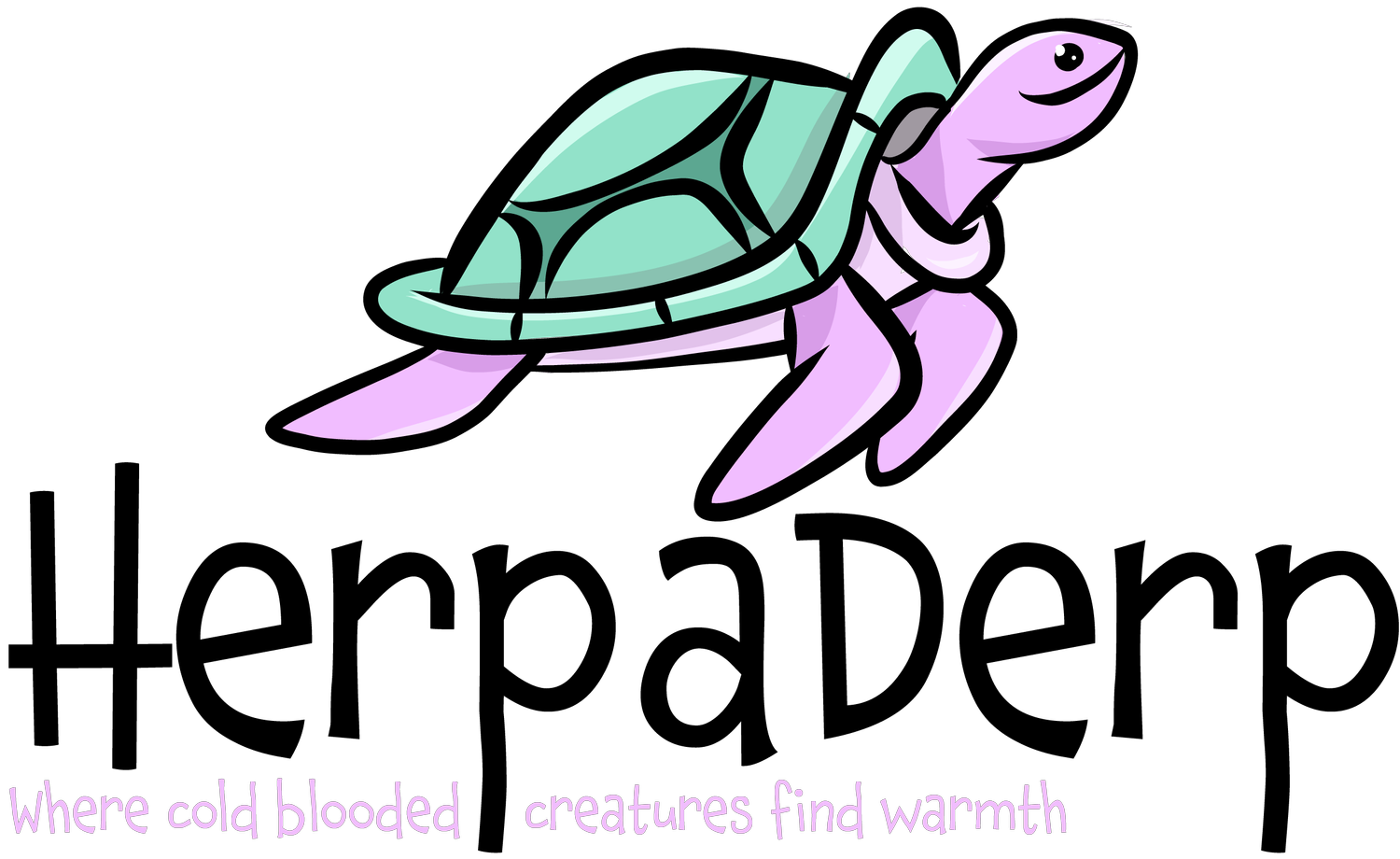Corn snakes are popular pet snakes known for their docile nature, ease of care, and attractive appearance. If you’re thinking about getting a corn snake, it’s important to understand their basic needs to ensure their health and wellbeing.
Average Lifespan: Corn snakes can live up to 20 years with proper care.
Feeding Requirements/Diet: Corn snakes are carnivores and their diet consists of rodents such as mice and rats. Younger corn snakes should be fed once every 5-7 days, while adults can be fed every 7-10 days. It’s important to feed them appropriately sized prey items to prevent choking or regurgitation.
Humidity Requirements: Corn snakes require a humidity level between 40-60%. Providing a water dish and misting the enclosure with water will help maintain the appropriate humidity level.
Lighting/UV Requirements: Corn snakes don’t require UV lighting, but they do need a light and dark cycle. A 12-hour light and 12-hour dark cycle is recommended.
Minimum Enclosure Size: A 20-gallon tank is suitable for a single corn snake. It’s important to provide hiding places such as rocks, branches, and plants in the enclosure.
Water Requirements: A water dish should be provided for drinking and soaking. It’s important to change the water daily to ensure it’s clean and fresh.
Type of Habitat/Description of Natural Habitat: Corn snakes are found in the southeastern United States, primarily in fields and forests. They’re excellent climbers and burrowers, and they require a hiding place to feel secure.
Sociability and Handleability: Corn snakes are generally docile and can become quite tame with regular handling. However, it’s important to handle them gently and avoid grabbing them by the tail, as this can cause injury.
Morphs: Corn snakes are available in a variety of morphs, including albino, anerythristic, and hypo.
Common Illnesses: Corn snakes can be susceptible to respiratory infections, mites, and ticks. Signs of illness include wheezing, open-mouth breathing, and lethargy. It’s important to seek veterinary care if you notice any signs of illness.
Setting up a Bioactive Tank: A bioactive enclosure is a naturalistic setup that includes live plants, soil, and other organisms to create a self-sustaining ecosystem. To set up a bioactive enclosure for your corn snake, start with a substrate of coconut coir or topsoil. Add live plants and hiding places such as cork bark, rocks, and branches. You can also add invertebrates such as springtails and isopods to help break down waste and maintain the ecosystem.
Fun Fact: Corn snakes are sometimes called “red rat snakes” due to their color and their habit of preying on rodents.
